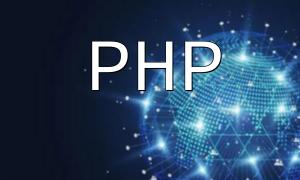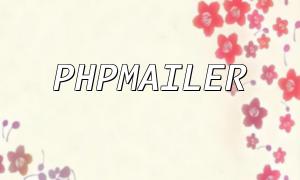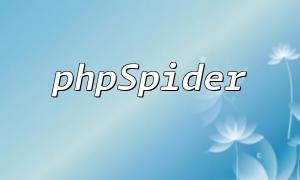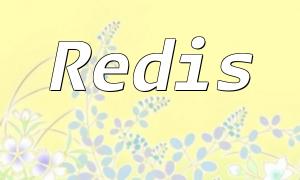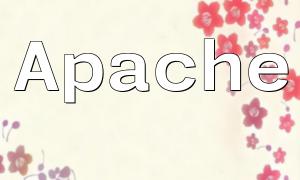Mastering an efficient PHP framework is essential for web developers who want to improve their development workflow. ThinkPHP is a widely-used framework in China known for its simplicity, performance, and ease of use. This guide will walk you through how to get started with ThinkPHP, from installation and configuration to learning resources and practical project ideas.
Before using ThinkPHP, you’ll need to install the framework. You can download the latest version from the official ThinkPHP website. Once downloaded, extract the package into your web server's root directory.
To ensure ThinkPHP runs properly, you must configure your web server correctly. For Apache, make sure the mod_rewrite module is enabled and that URL rewriting rules are correctly set. For Nginx, you’ll need to add rewrite rules to the configuration file accordingly.
After installation, you can use the ThinkPHP command-line tool to quickly create a new project. Run the following command from your terminal in the web server's root directory:
php think new myprojectThis command will create a directory named myproject. You can rename it as needed.
Once the framework is set up, it's important to explore multiple learning channels to understand and effectively use ThinkPHP’s core features.
The ThinkPHP official documentation is comprehensive and well-organized. It covers all aspects of the framework, including routing, controllers, database access, templating, and middleware. It's a great starting point for structured learning.
The official site also provides sample applications such as blog systems and news portals. Reviewing and running these examples can help you better understand how the framework operates in real scenarios.
Many online tutorials and video courses are available through various tech communities and streaming platforms. These resources often include hands-on examples and walkthroughs that can significantly accelerate your learning process.
The best way to reinforce your learning is through practical application. Below are several project ideas that are ideal for practicing with ThinkPHP.
Create a simple blog platform that includes features like user registration and login, article publishing and editing, and a comment system. This project helps you understand MVC architecture, authentication, and data handling within the framework.
Build a forum where users can post topics, reply to discussions, and send private messages. This will teach you about user management, content organization, and database interaction in more complex scenarios.
Challenge yourself by building an online store that includes user accounts, product listings, cart functionality, order processing, and payment integration. This project exposes you to modular design, performance tuning, and security best practices.
Getting started with ThinkPHP involves installing and configuring the framework, studying its documentation, reviewing example code, and exploring tutorials. Most importantly, hands-on projects are essential to solidify your understanding. By following this path, you'll gain a strong foundation in using ThinkPHP effectively for PHP web development.


